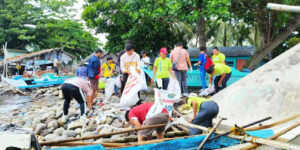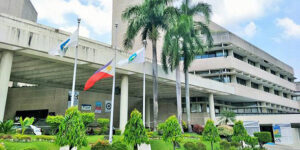
A research team at the Department of Science and Technology’s National Research Council of the Philippines (NRCP) has found about 60 percent of particles pulled out from bangus samples in Butuan City and Nasipit in Agusan del Sur province were confirmed to have concentrations of microplastics.
The study led by Dr. Rey Capangpangan found that 235 of the 385 extracted particles from 30 bangus samples culled from fish cages in the test area contained microplastics.
The NRCP-funded study revealed the “pervasiveness of plastic pollution” in the country’s marine waters.
“The Filipinos living in an archipelagic country and relying on its fresh and marine water bodies, are at risk of ingesting microplastic-contaminated aquatic organisms,” Capangpangan said in a statement.
Microplastics are plastic debris broken down into tiny pieces with a length of less than five millimeters, according to science journals.
Aside from establishing if microplastics have indeed contaminated the marine produce that we consume through more tests in other areas of the country, the DOST also needs to “estimate” the risks of eating food contaminated with microplastics, as there is no available data yet on the toxicity of such particles.
“The impact of ingesting microplastics for humans has yet to be determined. Its toxicity depends on how much is consumed, although some particles are small enough to penetrate human tissue,” it said.
Marybeth Banda, who was part of the study, stressed that microplastics’ “chemical nature allows them to attract and accumulate other toxic substances on their surfaces.
While this discovery is alarming, it isn’t exactly surprising, considering that the Philippines has consistently been among the world’s worst plastic polluters. We are simply reaping the fruits of our wasteful and environmentally damaging lifestyles and culture.
As scientists try to establish just how pervasive microplastics have become and how much of it in our food becomes toxic for humans, it is now up to the next generations of Filipinos to take note so they don’t follow our lead in indiscriminately polluting our land and seas, especially after seeing how damaging it is not only to the environment, but also to human life and health as well.
If we still won’t do anything about our plastic pollution habit, even after scientists have seeing it leach into our food, then perhaps we deserve to be poisoned by those microplastics that are making their way into the land, water, and even the air we breathe.*







